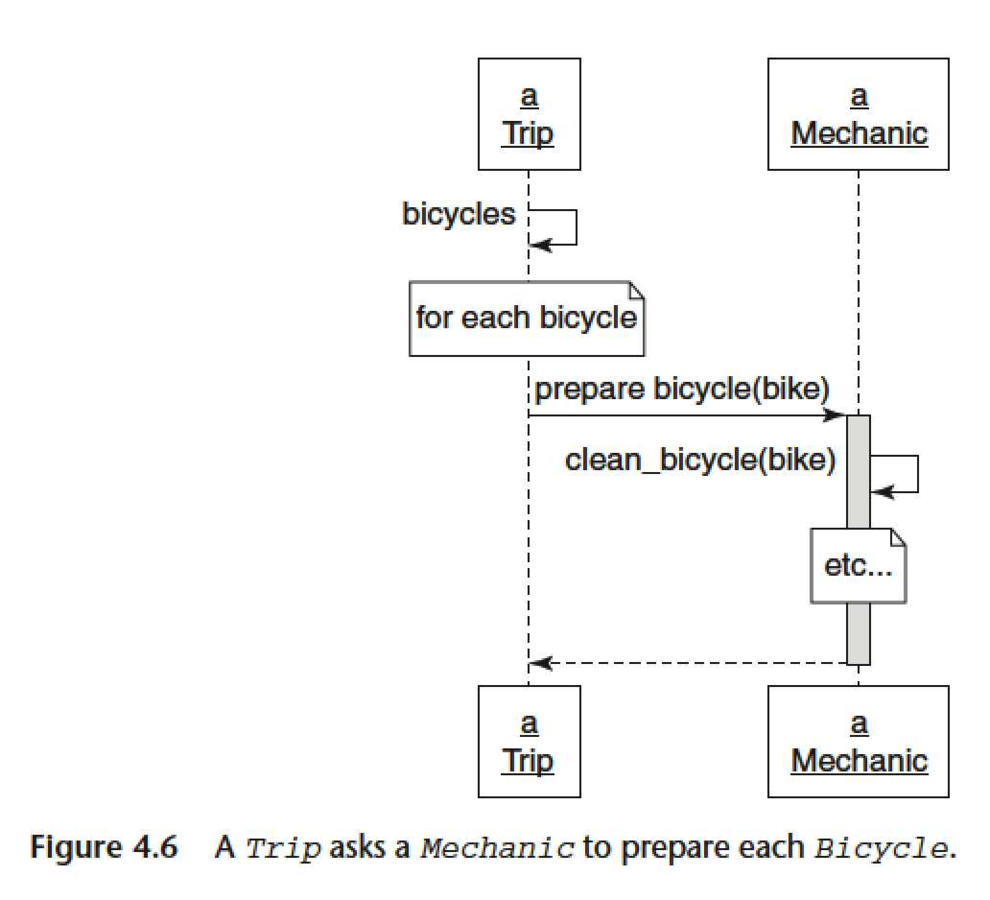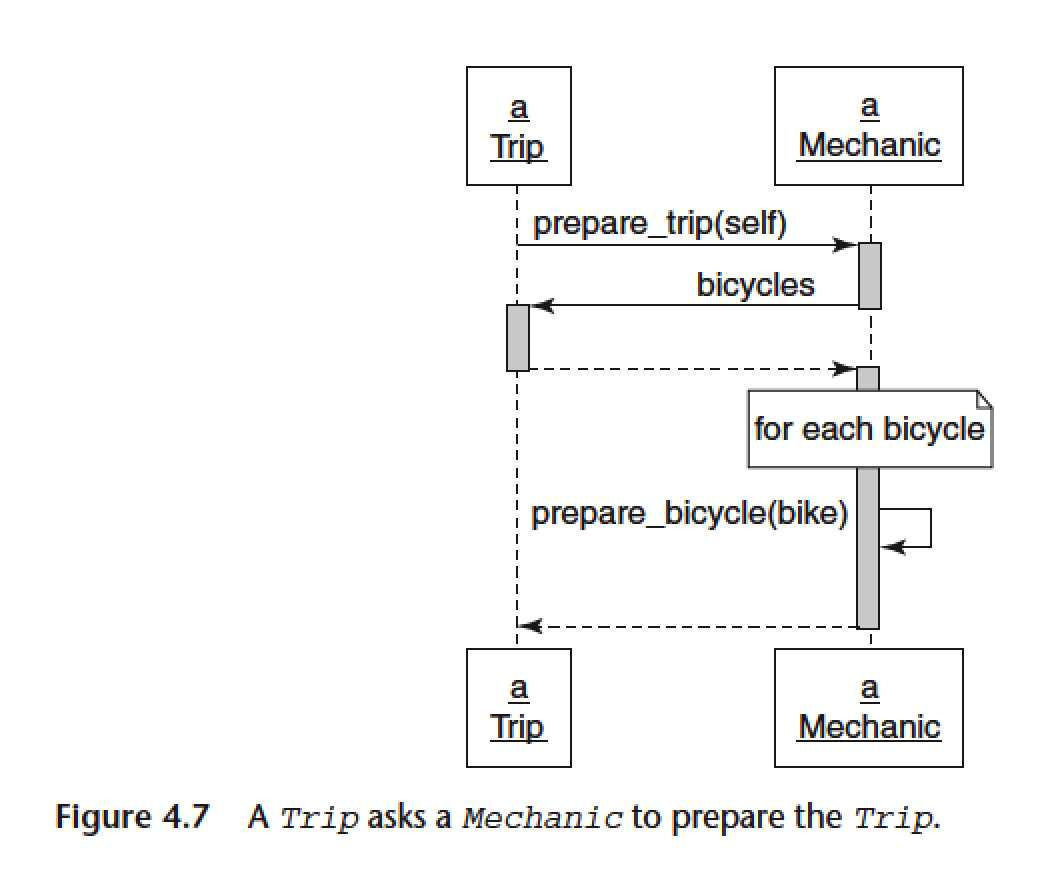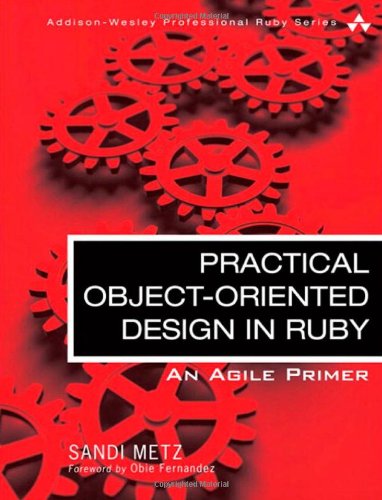OO Design
Inspired by Sandi Metz's "POODR"
What Is design?
MAINTAINABILITY
What it means?
- No Side Effects
- Easy to reuse
- Product change is proportional to code change
Single responsibility
principle
SRP

SRP
Helps you deciding what belongs in a class
- Mr Gear, what is your ratio?
- Mr Gear, what is your tire?
SRP
Why it matters ?
- Helps reusability
Without it
- Can't reuse
- Leads to duplication
interfaces
interfaces
Public Interfaces
- Reveal responsibility
- Expect to be used by others
- Will not change
- Documented
interfaces
Private interfaces
- Implementation details
- Not expected to be used by others
- May change
interfaces

Interfaces

interfaces

interfaces
Fig 4.5
- Procedural programming
- Not Object-Oriented
Fig 4.6
- Less public interface
-
Less chance to change
Fig 4.7
- Switch from how to what
- U can extend 'Trip' class without touching it!
Law of demeter
LOD
"Only talk to your neighbors"
(aka "Only use one dot")
LOD
Some code in Trip#depart
- customer.bicycle.wheel.rotate
- customer.bicycle.wheel.tire
- hash.keys.sort.map(&:to_s)
LOD
- If Wheel#tire change
- It may break Trip#depart
- This is unexpected side effect
lod
Only a "law" because someone name it a "law"
- customer.bicycle.wheel.rotate - BAD
- customer.bicycle.wheel.tire - I DUNNO
- hash.keys.sort.map(&:to_s) - OK
coding for fun
hide instance variables
Using accessors

hide data structures
Too much knowing about the @data structure


HIDE DATA STRUCTURES
Using Struct

extract responsibilities
One method

Becomes two

isolate responsibilities
Also using Struct

